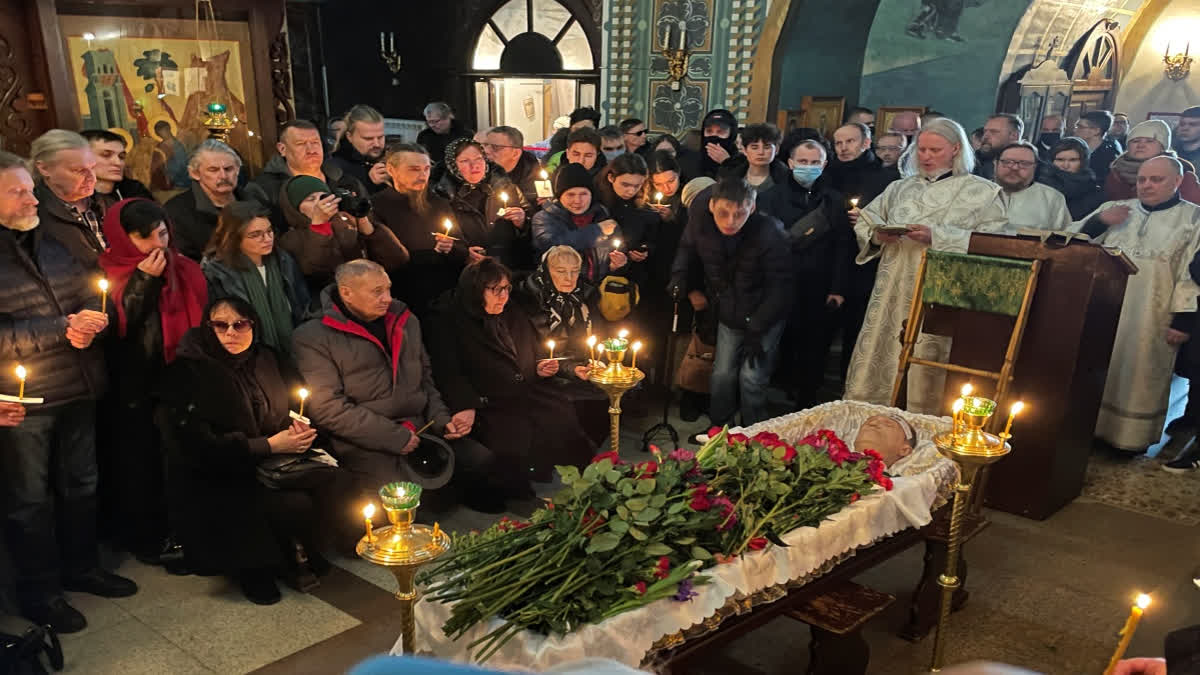Moscow: Russians have seen many images of Alexei Navalny — a firebrand protest leader with a bullhorn. A government critic whose face was splashed with green dye by an attacker, which he joked turned him into the Hulk. A smiling political prisoner making a heart with his hands as he gestured to his wife in a defendant's cage in court.
On Friday, there was one final picture of the opposition leader: Navalny in an open casket, red and white flowers heaped around him, and his forehead covered with a "venchik," a traditional adornment for those who lived a righteous life.
His body, visibly thin from the months he'd spent in prison before his unexpected and still unexplained death, was a final confirmation: that this would be his last farewell.
For those who had believed in Navalny's vision of a freer, more peaceful Russia, it was a moment tinged with deep despair.
"What was done to him is incredibly difficult to accept and get through it," said Nadezhda Ivanova, a mourner who stood outside the church where Navalny's funeral service was held. "Today we say farewell to a truly great man and see him to his final journey."
Only a select few were allowed to pay their respects inside the Church of the Icon of the Mother of God Soothe My Sorrows, where Navalny's casket lay surrounded by candles.
Thousands more lined the streets outside the church and towards the graveyard where Navalny's body was laid to rest. Some in the crowd threw flowers at the passing hearse, hemmed in by metal barriers and a heavy police presence.
When Navalny's death was announced on Feb. 16, police detained hundreds who tried to leave flowers. Some had feared that the funeral would see similar large-scale arrests. That so many people still chose to publicly mourn Navalny was a testament to the politician's stature, said Mark Galotti, head of the Mayak Intelligence consultancy.
